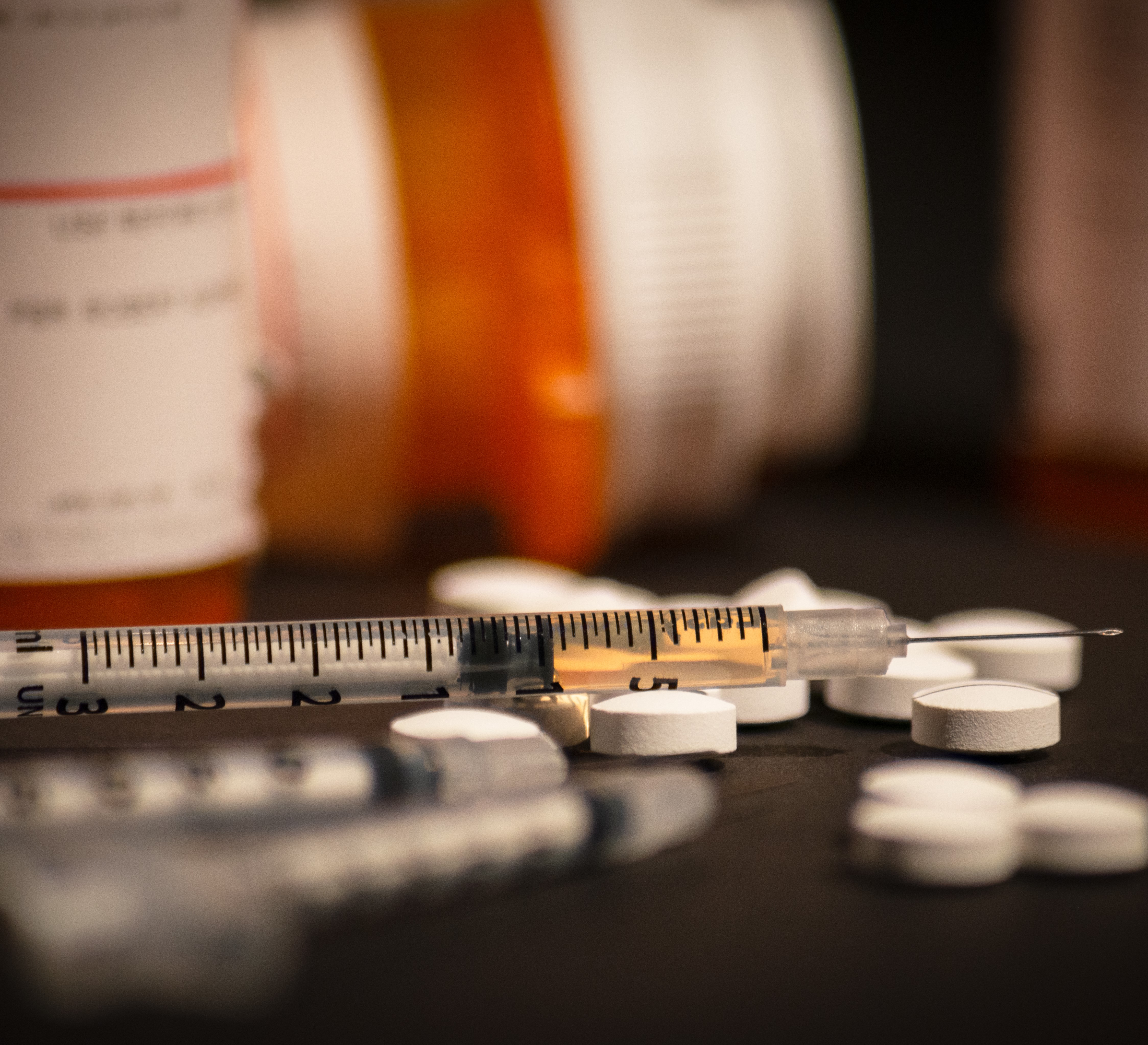 CANADA’S DRUG TOXICITY CRISIS: IS THE SOLUTION MORE ADDICTION & RECOVERY RESOURCES?
CANADA’S DRUG TOXICITY CRISIS: IS THE SOLUTION MORE ADDICTION & RECOVERY RESOURCES?
Matthew Bonn, Adrian Guta, Vanessa Gruben, Elaine Hyshka and Carol Strike | October 22, 2021
Matthew Bonn, Program Coordinator, Canadian Association of People Who Use Drugs
Adrian Guta, Associate Professor, School of Social Work, University of Windsor
Vanessa Gruben, Associate Professor, Faculty of Law, University of Ottawa
Elaine Hyshka, Assistant Professor, School of Public Health, University of Alberta
Carol Strike, Professor, Dalla Lana School of Public Health, University of Toronto
In 2020, Canada reported 6,214 fatalities, the highest ever annual death toll from drug poisoning (overdose), the majority between the ages 19-39. What has changed dramatically is the composition of opioids being sold on the illegal market. Highly toxic and unpredictable novel synthetic drugs, such as illegally produced fentanyl, have come to replace heroin and previously circulating legal pharmaceuticals that have been diverted (e.g. oxycontin, hydromorphone). Further, there are increasing reports of other types of illicit drugs (e.g. cocaine, MDMA, acid, stimulants) found with amounts of clandestinely produced fentanyl and other synthetic opioids. As a result, anyone purchasing illegal drugs, is at an increased risk of drug poisoning death.
As the newly elected federal government establishes their priorities in the coming weeks, it is more important than ever that the primary focus be on keeping people alive. This means being clear about what factors have led to the situation we are in, and what new policy options are best to address them.
Canada needs a comprehensive approach to this drug toxicity crisis where a range of evidence-based interventions are supported. Indeed, the COVID-19 pandemic shone a spotlight on Canada’s health inequities. During the recent federal election, more addiction treatment and recovery services were posited as the main answer to drug poisoning deaths. This narrative has also emerged at the provincial level. For example, the Alberta government re-oriented its provincial strategy in 2019, shifting support away from harm reduction services to residential treatment beds and recovery centers.
The current poisoning crisis is not driven by a dramatic increase in drug addiction as non-medical opioid use has been relatively stable throughout the past decade in Canada. Maintaining a policy focus on addiction will not fix the current crisis: it requires harm reduction and supply side intervention, through drug checking, safer supply programs, and novel forms of medication treatment (e.g. injectable hydromorphone or heroin) to immediately stem the number of deaths. The focus right now must be on reducing the risk of exposure to toxic street drugs.
For opioids and treatment of opioid use disorder, dedicated treatments are by far the most effective option, not residential programs or inpatient beds. These include daily doses of prescribed oral and injectable medications (methadone, buprenorphine, hydromorphone, etc.) that treat withdrawal and cravings, as well as help patients to achieve long term recovery. However, access to these treatments remains inconsistent across Canada, and many people have difficulty adhering to program requirements (e.g. daily observed dosing, or short prescription intervals).
Further, although these treatments work for some patients, they were not developed and tested in the context of the current illegal drug supply which is contaminated with synthetic opioids and, increasingly, with clandestinely produced benzodiazepines (a class of sedative drugs that are difficult to stop using abruptly after dependence forms). Drugs circulating today have a higher potency and can increase tolerance and risk of fatality. Unregulated fentanyl was found in 82% of drug related overdose fatalities. As a result, conventional medication treatments (e.g. buprenorphine and methadone) will not work for everyone.
Residential treatment beds have been proposed as an alternative to medication treatments. While they may be a helpful adjunct for some patients, current evidence suggests that they are unlikely to be effective. In some instances, these abstinence-based treatment programs can increase risk of harm, especially those with short-term period of abstinence as it lowers tolerance to opioids and increases the risk of drug poisoning in the event of a return to use after discharge. While residential treatment beds can be helpful for people struggling with stimulants or alcohol, investments in these programs should not be construed as a primary way to stop opioid poisoning deaths. Interventions that focus on supply are absolutely necessary.
We must move swiftly to decriminalize drugs. Multiple governments, political parties and other stakeholders have endorsed the need to address drug use as a health rather than a criminal law issue. To do so the federal government must decriminalize personal possession to avoid the conflict with the law. Only then, when people who use drugs are destigmatised, can we begin to address drug use as a health issue. Decriminalization is a necessary step in empowering the correct stakeholders and systems, and to communicate unequivocally that drug use is a health issue, and not one of morality or wrongdoing. People who use drugs should not be judged or risk penalization under the law for seeking support and options to lower their risk of harm.
To save lives now, robust access to a range of harm reduction services is required, including innovative and novel models of cares, such as safe supply. Now, and in the future, we need to listen, and be led, by the evidence and realities of those impacted. To continue to save lives, we need to listen to and support those at the front-lines of this crisis, as we have those on the front-line of the COVID-19 pandemic.
This article initially appeared in the Globe and Mail on October 22, 2021.


